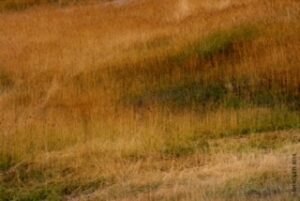In warm late autumns, garlic mustard has grown four or five inches tall, its leaves wide and bright. Chickweed has come back all along the paths, and cress has revived in the pools and streams. Skunk cabbage has pushed up all over the swamp, some plants even opening a little. The low sun sets the new plants glowing like they glow in April. At the river’s edge, the water is rippled blue, black, green, and brown, tree branches tangled in reflections.
 Warmed by the benign autumn and fed by the great stands of honeysuckle, robins linger in town and in the woods. Juncos have arrived, and bluebirds make their last passage south along the rivers. Starlings cluck and whistle at sunrise, and cardinals and pileated woodpeckers sing off and on throughout the day. Finches work the sweet gum tree fruits, digging out the seeds from their hollows. Sparrow hawks appear on the fences, watching for mice in the bare fields
Warmed by the benign autumn and fed by the great stands of honeysuckle, robins linger in town and in the woods. Juncos have arrived, and bluebirds make their last passage south along the rivers. Starlings cluck and whistle at sunrise, and cardinals and pileated woodpeckers sing off and on throughout the day. Finches work the sweet gum tree fruits, digging out the seeds from their hollows. Sparrow hawks appear on the fences, watching for mice in the bare fields
The last crickets still sing in the gentler evenings, and the last daddy longlegs huddle in the woodpile. Mosquitoes still wait for prey near backwaters and puddles. Asian lady beetles look for crevices in which to spend the winter. Late woolly bear caterpillars, dark orange and black, travel to shelter across the warm backroads. Cabbage butterflies look for cabbage. Yellow jackets come for fallen fruit.
Forsythia bushes sometimes bloom a second time, joining the yellow witch hazel. In a few gardens, roses, scabiosa, stella d’oro lilies and clematis still keep their flowers. Indoors, Christmas cacti blossom.

